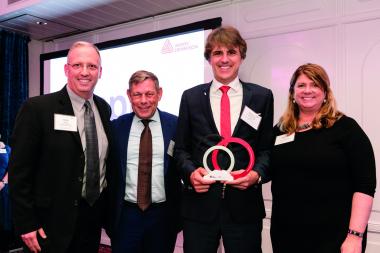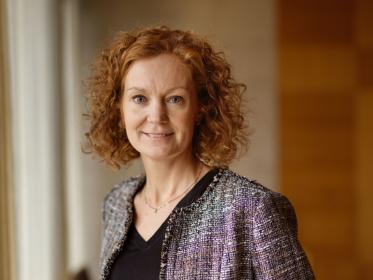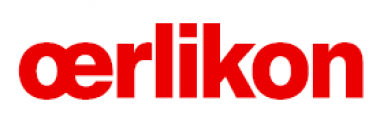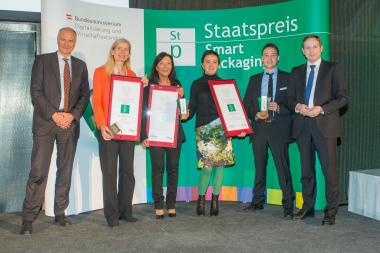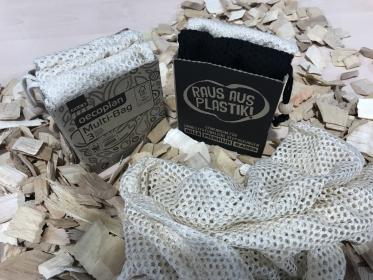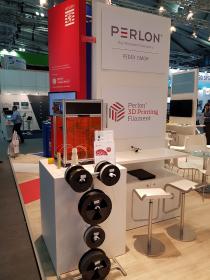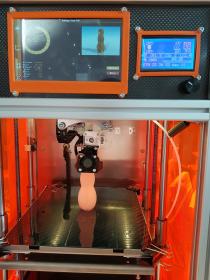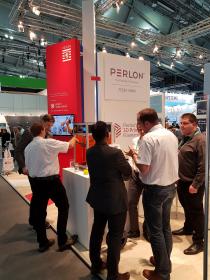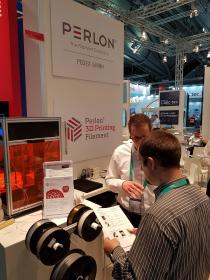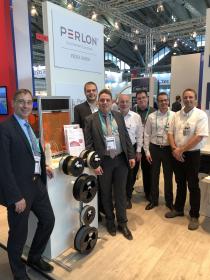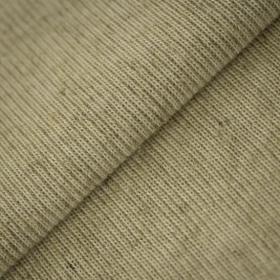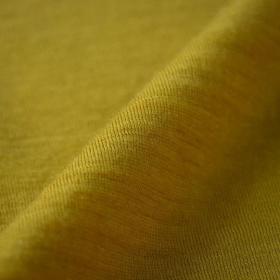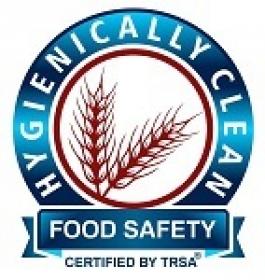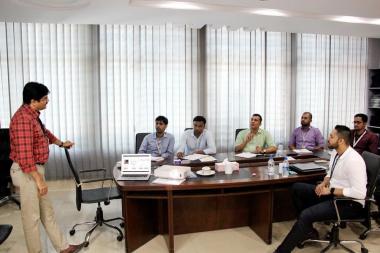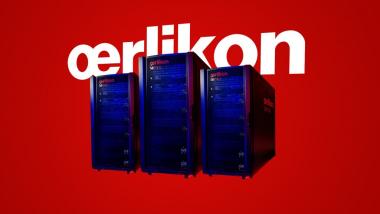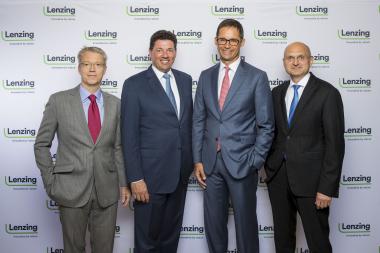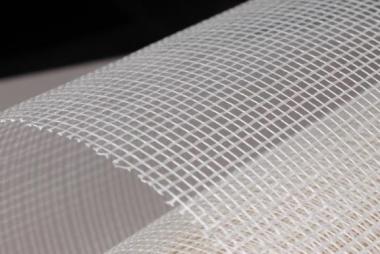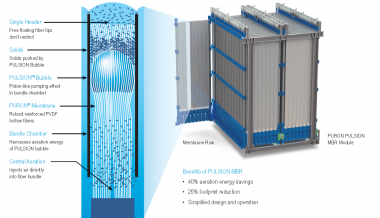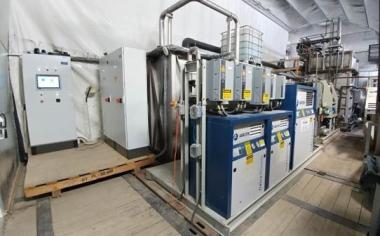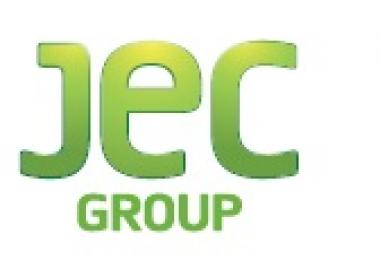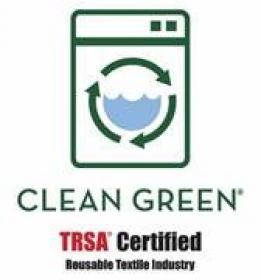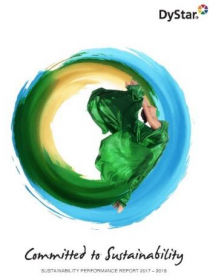Sappi: Once again honoured with a prestigious award in 2019
Sappi wins Avery Dennison Supplier Distinction Award for the second time in a row
In 2019, Sappi was selected for an Avery Dennison Supplier Distinction Award for the second consecutive year. In doing so, the awarding authority honoured the paper manufacturer’s sustainable conduct, its high-quality products and being a real global supplier. While its group headquarters is in Johannesburg, South Africa, Sappi’s global packaging and speciality papers business supports eight Avery Dennison plants worldwide with numerous products from multiple facilities.
The Sappi team was delighted when they heard the results of this year’s Avery Dennison Supplier Distinction Award. Following an award last year, Sappi’s status as a leading supplier was again honoured with this significant award in 2019. “We were recognised for our excellent quality and for being a truly global supplier supporting Avery Dennison’s growth, especially in the USA. And finally, because of our expanded portfolio following the acquisition of Cham Paper Group,” said Thomas Kratochwill, Vice President Sales & Marketing Packaging and Speciality Papers (Sappi Europe).


